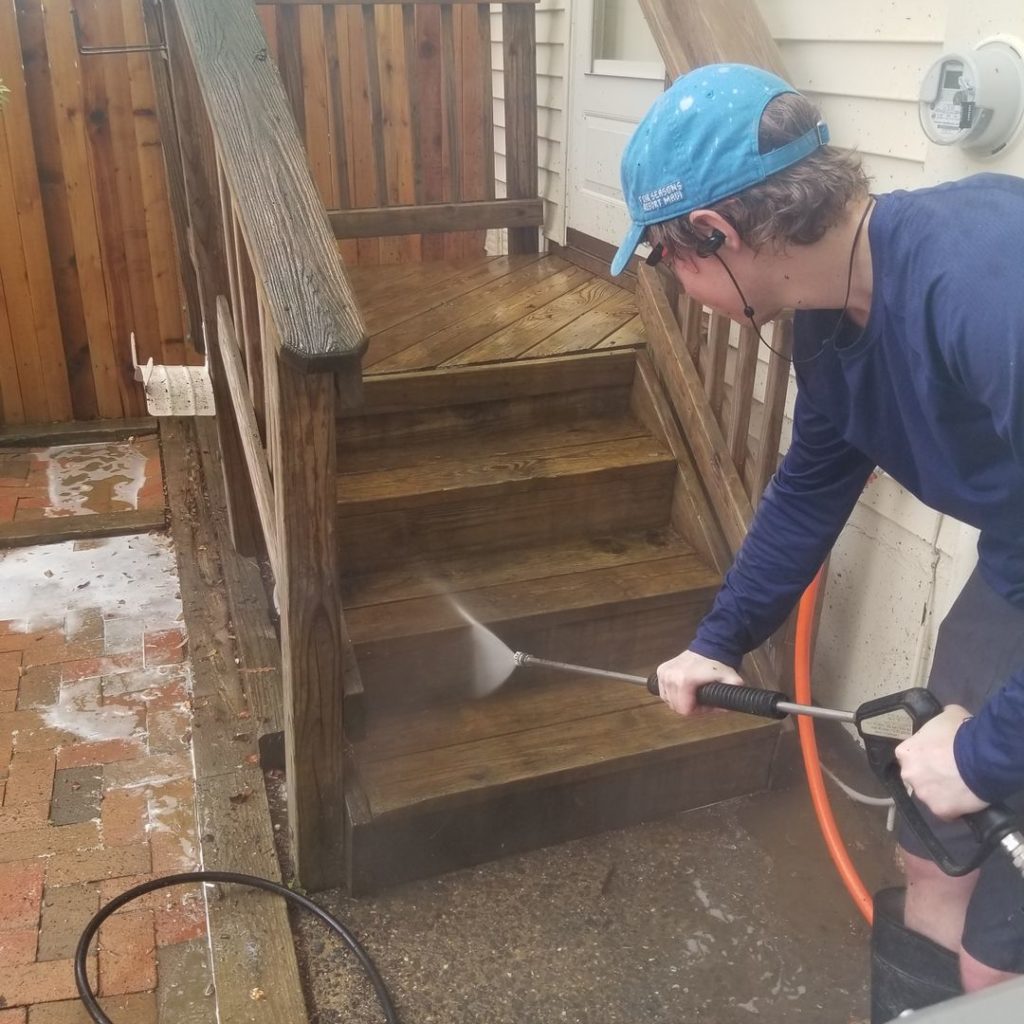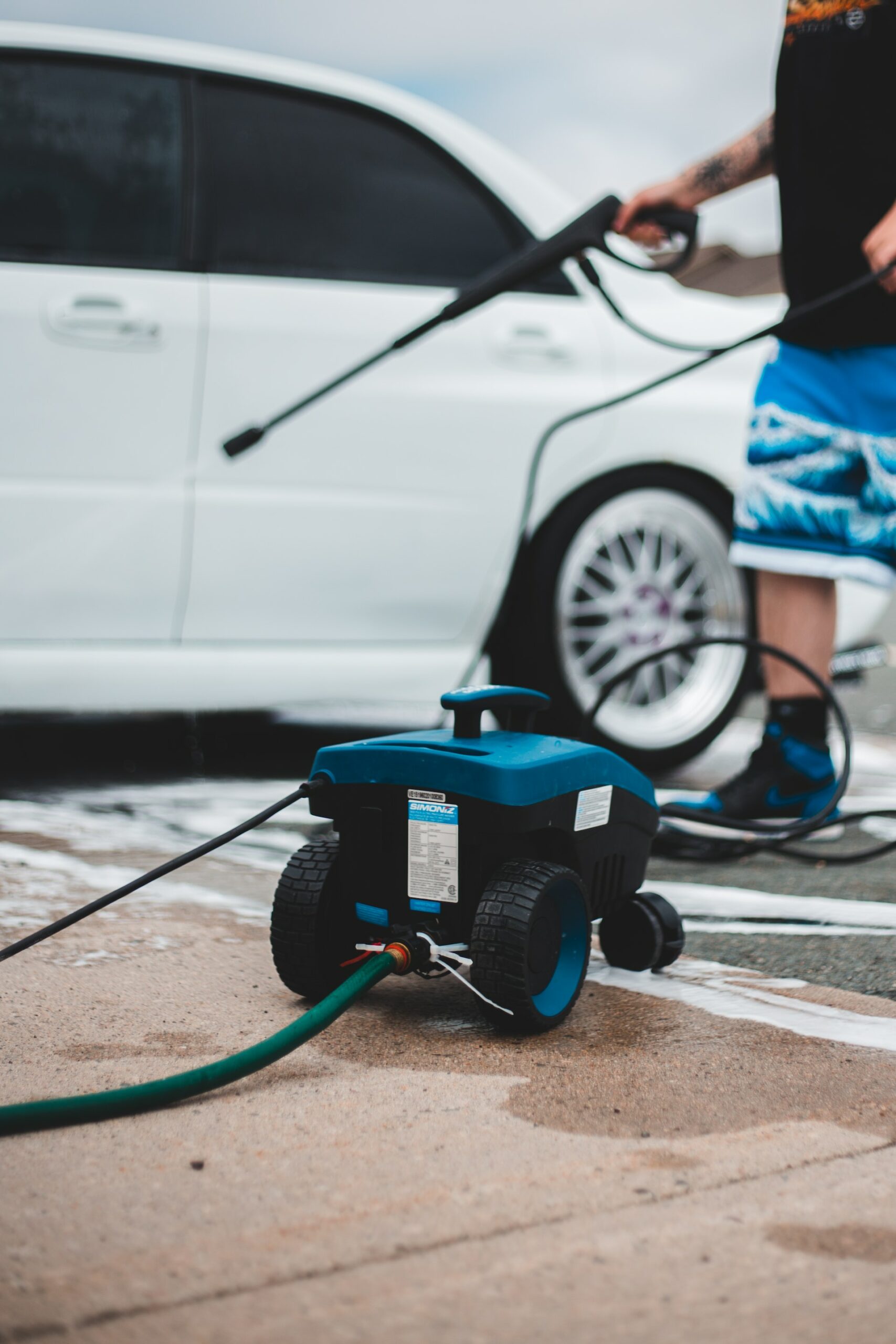Have you recently built a new deck for your home, or are you planning on building one?
The number one enemy of any deck is mold and mildew, and they can be a pain to deal with. In order to save yourself a lot of trouble, we will guide you through the process of protecting your beautiful deck so that you can prevent the mold from taking hold in the first place.
Understanding the Situation
The first order of business is learning what mold is and what causes it. Mold is a fungus that thrives in damp and dark areas, causing biodegradation of organic materials. Once it takes hold, it can speed up the deterioration of your deck, lawn furniture, or anything made out of wood. Indeed, a wooden deck can be weakened and even fall apart if enough time goes by without treatment.
Metal or polyvinyl decks are more resistant to the growth of mold and mildew than wooden decks, but that does not mean they are immune. Growths can still be found and must be dealt with or they will cause similar problems, including cracking, efflorescence (in the case of some vinyl materials), and rust (in the case of metal materials).
Logistics of a New Deck
Before you finalize your plans and start building a new deck, there are a few things you should think about. To prevent the growth and spread of mold, the placement of your deck is very important. Since mold and mildew love the dark, make sure the deck will get plenty of sunlight once it is built. Since they also like wet and damp areas, look to see if the water drainage system is capable of keeping water away from the deck. If your deck is built under something like a gutter, you will need to make sure to clean the gutter, or the overflow can result in more mold.
Once the deck is built, the next objective is to protect that bare material. You can start by finding a stain or sealant that fits your specifications and apply it. Some sealants are even considered all-weather, meaning they help protect the material from all kinds of natural weathering.
With this layer of protection applied, your deck should be able to repel anything that would help mold grow, especially water. You can add another layer of protection by painting the deck as well. While it is not as strong as sealant, it helps prevent immediate damage to the material.
Adding Years to an Old Deck
If your deck is old and already covered in mold and mildew, there are some steps you can take to breathe new life into it. Before you do anything else, you will need to clean your deck and remove any of the mold and mildew that has grown comfortably on its surface.
To do so, try using a detergent with sodium polyacrylate. Barring that, your next best option is a mix of water and bleach. While bleach can be damaging to wood if applied incorrectly, it does a great job of killing any moldy grime clinging to the deck. In conjunction with a pressure washer, you have a good chance of removing the mold for good. If those don’t work, you can always try using baking soda in a gallon of water, applying it to the deck, and scrubbing away.
Preventing mold from growing back on an old deck follows the same guidelines as a new deck, but there is one important note. Before applying sealant, stain, or paint to the deck, you must make sure that all of the mold and mildew is gone. If you don’t, you essentially create an isolated environment where the mold can grow without you even knowing about it.
While you might think this is out of sight, out of mind, it can lead to serious problems with no warning whatsoever. Sometimes the applied layers might not even adhere properly to the deck if any mold is still there, providing little to no protection at all.
Keep the Mold Away
Armed with these new techniques, you can protect your decks beauty while prolonging its lifespan. But it can be a lot of work. If you need help with any of these steps or want us to take care of cleaning your deck, give us a call, and we’ll be happy to assist.


